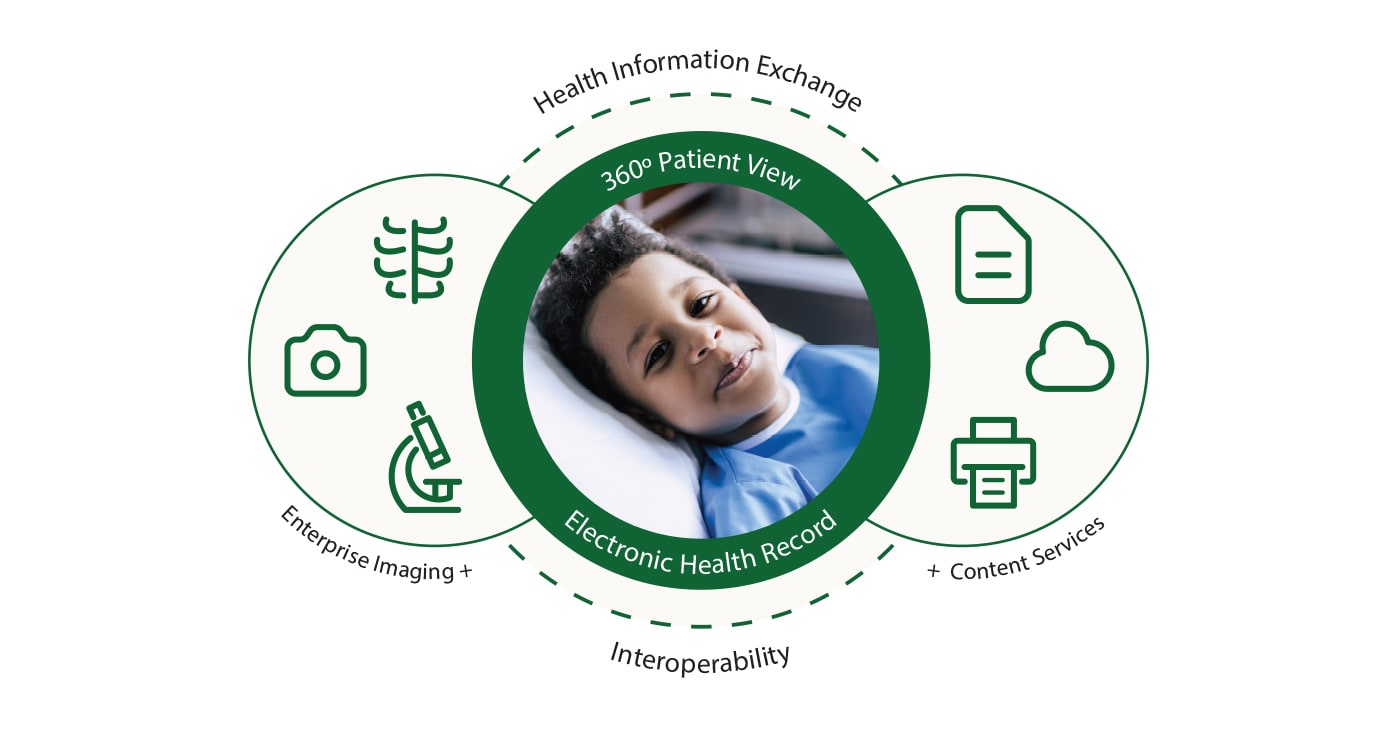Best Healthcare RCM Practices to Boost Operational Performance and Collections
Wiki Article
A Comprehensive Overview on How Health Care RCM Functions to Simplify Invoicing and Collections
Navigating the intricacies of healthcare income cycle management (RCM) is important for suppliers intending to boost their invoicing and collections procedures. The guide unpacks the details of RCM, from patient registration to accounts receivable management, offering insights right into optimizing each action. Incorporating innovative innovation and standard treatments can substantially reduce claim denials and increase repayment cycles. Yet, real difficulty exists in flawlessly combining these aspects to enhance cash circulation. As we check out the core components and techniques that drive efficiency, one inquiry continues to be: just how can medical care entities ideal position themselves to grow economically in an ever-evolving market?Recognizing Profits Cycle Monitoring
Understanding the ins and outs of Profits Cycle Monitoring (RCM) is essential for healthcare organizations intending to optimize their financial performance. RCM is an important management feature that includes the entire financial procedure of person care, from the initial consultation readying to the final settlement of the balance. It is a complex procedure made to identify, gather, and handle the income from the solutions supplied to individuals. Effective RCM makes certain that health care companies get timely and precise repayments, minimizing the risk of income loss and improving capital.The RCM process begins when a person routines a consultation and extends via the client's care trip, including invoicing and collections. An essential purpose is to lower the time in between supplying a solution and obtaining settlement, thus improving the company's monetary wellness. RCM entails numerous functions such as patient enrollment, insurance policy verification, charge capture, coding, declares entry, repayment publishing, and taking care of appeals and denials.
Secret Components of RCM
In the world of Earnings Cycle Management (RCM), understanding its vital elements is essential to attaining monetary performance within health care companies. RCM is a detailed process that encompasses numerous phases, each crucial to making sure effective payment and collections. The primary elements consist of individual registration, insurance policy confirmation, cost capture, coding, case submission, repayment publishing, and accounts receivable administration.

As soon as coded, cases are submitted to payers, where precision is vital to avoid rejections or delays - Healthcare RCM. Payment posting includes tape-recording the obtained repayments, which permits the reconciliation of accounts. Lastly, balance dues administration concentrates on monitoring and attending to unpaid cases, making certain timely follow-up and resolution
Each part of RCM is interconnected, and inadequacies in any part can interrupt the entire cycle. As a result, grasping these components is necessary for medical care companies to enhance income and enhance their monetary health.
Methods for Reliable Invoicing

Systematizing billing treatments across the organization is one more vital method. Establishing clear standards for documents, coding, and entry assists keep uniformity and compliance with regulative requirements. Educating personnel regularly on these procedures ensures everybody is up-to-date with see this website the most recent adjustments in payment codes and payer plans.
Exact charge capture is necessary in protecting against earnings leak. Applying routine audits and monitoring systems enables the recognition and adjustment of inconsistencies prior to they influence revenue. In addition, maintaining open lines of communication with payers helps to promptly resolve any type of disagreements or misunderstandings that might arise.

Last but not least, appealing people early in the billing procedure by offering clear price quotes and academic products concerning their economic obligations can considerably minimize confusion and boost payment timeliness. These techniques collectively add to an extra monetarily healthy and balanced and effective billing system.
Enhancing Collections Processes
A durable collections process is vital for keeping financial security within health care companies. Offered the intricacies of medical payment and the range of payer demands, boosting the collections process includes executing tactical procedures that guarantee timely and exact repayment of services made. Central to this is the use of technology to automate and simplify processes, boosting and decreasing hands-on errors performance. Automation devices can aid in tracking claim conditions, sending out timely reminders to clients, and handling rejections a lot more effectively.Educating staff to recognize the nuances of insurance plan and invoicing codes is similarly essential. This knowledge empowers them to address invoicing discrepancies quickly and interact efficiently with people regarding their economic duties. Additionally, transparent and clear individual communications are important. Supplying thorough descriptions of fees and providing flexible payment plans can raise individual fulfillment and prompt settlements.
Regular audits of the collections procedure should be carried out to identify areas for improvement and ensure conformity with regulations. By assessing data, medical care organizations can recognize trends, expect prospective issues, and adapt methods accordingly (Healthcare RCM). Inevitably, a well-enhanced collections process not just supports monetary wellness however additionally adds to an extra seamless experience for individuals and personnel alike
Optimizing Earnings Streams
Structure upon the structure of a strong collections process, health care companies can further boost their monetary security by strategically maximizing revenue streams. This includes a multi-faceted method, beginning with a comprehensive evaluation of existing income sources to identify inefficiencies and areas for development. Using innovative information analytics tools makes it possible for companies to gain understandings right into payer mix, patient demographics, and solution utilization patterns, enabling data-driven decisions that enhance income capture.Applying automated invoicing systems can substantially decrease mistakes and expedite insurance claims processing, guaranteeing that earnings is accumulated a lot more efficiently. Moreover, optimizing payer contracts with normal negotiations can enhance repayment prices and terms, directly impacting the lower line. Diversifying solution offerings, such as integrating telehealth or health care, can likewise draw in a broader patient base, thus raising earnings possibility.
One more critical part is improving individual involvement and complete satisfaction, as completely satisfied individuals are a lot more likely to stick to therapy strategies and make prompt settlements. Supplying adaptable settlement alternatives and transparent invoicing practices can boost collections and foster patient commitment. Healthcare RCM. By embracing these techniques, healthcare organizations can basics produce a more resistant financial framework, ensuring continual development and security in an ever-changing sector landscape
Conclusion
here In verdict, health care Revenue Cycle Monitoring (RCM) plays an important function in optimizing invoicing and collections processes by incorporating vital components such as individual enrollment, insurance coverage verification, fee capture, coding, asserts entry, and receivable management. By using sophisticated innovation, systematizing treatments, and fostering patient involvement, doctor can considerably decrease insurance claim rejections, accelerate payment cycles, and enhance cash flow. This thorough technique to RCM ultimately leads to boosted monetary efficiency and sustainability for health care organizations.The RCM procedure starts when a patient schedules an appointment and prolongs via the patient's care journey, including invoicing and collections.One more essential component is enhancing patient involvement and complete satisfaction, as pleased individuals are more most likely to stick to treatment strategies and make prompt repayments. Using versatile payment choices and clear billing techniques can improve collections and foster person loyalty.In verdict, health care Earnings Cycle Monitoring (RCM) plays a vital duty in maximizing invoicing and collections procedures by integrating vital parts such as client enrollment, insurance confirmation, cost capture, coding, claims submission, and accounts receivable monitoring. By employing advanced technology, systematizing procedures, and cultivating individual engagement, health care suppliers can substantially decrease case rejections, increase payment cycles, and enhance money circulation.
Report this wiki page